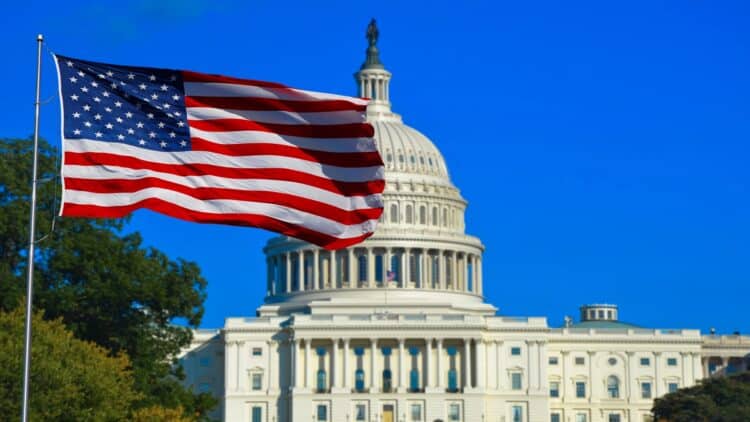Winter comes at a time when needy families are left to make an impossible choice between staying alive and staying warm on their budgets. The government shutdown has activated heating aid programs, taking thousands of Minnesota families off the table for desperately needed energy bill assistance as temperatures start plummeting all over the state.
How the government shutdown chills vital heating aid
The Minnesota Commerce Department is still taking applications for the Low Income Home Energy Assistance Program, but cannot issue any payments until there are federal appropriations. LIHEAP tends to get about $125 million a year to assist about 125,000 Minnesota households in maintaining heat during the winter months. The program issues both regular grants based on income and energy expenses, as well as emergency “crisis” payments to those who would be left without utility service.
Commerce department officials estimate the federal funds at an eventual November or later receipt, even if the shutdown is short-lived, because funding takes about a month to finish following Congressional budgeting approval. The hold-back creates harsh pressure when temperatures dip and heating bills peak during the state’s winter.
Core components of the aid programs are
- Regular grants: Income-based payment for routine heating costs
- Crisis payments: Emergency aid for families on the verge of disconnection
- Emergency repairs: Heating system repair and maintenance aid
- Weatherization: Low-income home heating energy efficiency upgrades
Why are vulnerable populations facing historic heating issues
The delay in the shutdown is adding to Minnesota utility consumers’ already significant hardship, as the majority of the state’s largest utilities are cutting off heat and electricity at record-high levels following the end of COVID-19 pandemic protections. Families are already struggling merely to sustain rising energy costs, so delayed relief is especially heartbreaking for at-risk populations. Commerce spokeswoman Nancy Linden stated that “as temperatures begin to drop, this delay could have catastrophic implications” for families across the state.
Minnesota’s Cold Weather Rule does provide some latitude in the form of not permitting utilities to disconnect heat until April 30, but customers must agree to income-based payment plans in order to keep service. Most LIHEAP payments ultimately go to more rural Minnesota families, and much of the money assists those over sixty years old with fixed incomes and variable heating bills.
“We’ve got individuals who need to be able to say, ‘Hey, I’m qualified, and this is who my heat supplier or my utility supplier is,’ so we’re ready, and it’s in the system. We can do that piece, but we just can’t begin to make any payments until we’ve got those federal dollars,” – Lissa Pawlisch
Demographics most affected by delayed aid
The program typically serves Minnesota’s poorest citizens, including low-income families with stable incomes, families with young children, and disabled persons who require constant heating to keep medical conditions in control. The rural families are disproportionately worse off since they pay more for heating and have less to choose from.
What halted options for aid to Minnesota families
This shutdown comes at the worst time for low-income families when winter heat is activated and energy bills skyrocket across the state. Without LIHEAP appropriations, families will be forced to pay to keep the house operating or other necessities such as food, medicine, and transportation. The Trump administration itself caused the same uncertainty in April when it dismissed the entire LIHEAP staff despite the funds ultimately being released a month later when lobbying was insistent.
The crisis of the heating aid reveals the way Washington’s political incompetence hurts poor Americans when they need it most. When temperatures drop and heating bills increase, tens of millions of families all over the country may be forced to face the same impossible decisions on whether to remain warm or have other bare-minimum survival necessities without effective government safety nets.


